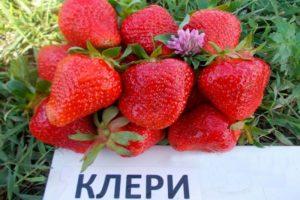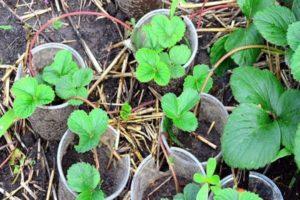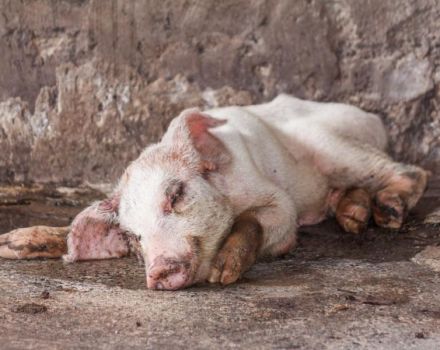Description and characteristics of the Zenga Zengana strawberry variety, growing rules
Breeders from different countries create hybrids of berry crops that are grown in certain climatic conditions. Zenga Zengana strawberries are planted in mid-latitudes. A variety of late ripening normally tolerates a cold snap, withstands frost and heat, and is distinguished by its unpretentious care. In one place, this garden strawberry bears fruit for up to 7 years, takes root on different soils, gives one harvest per season, the berries are picked at the beginning of summer.
Description of the variety and characteristics of garden strawberries Zenga Zengana
Although the unpretentious hybrid was bred for a long time, the plant still attracts summer residents with its characteristics. For a long time, this garden strawberry was cultivated on an industrial basis in different countries, but now farms prefer to grow remontant hybrids that give several harvests per season.
Garden strawberry bushes
Zenga Zengana is a tall variety. The strawberries are densely covered with smooth dark leaves, located at the same level as the flower stalks. When ripe, the fruits sometimes touch the soil. The bushes do not take up much space, since they do not grow in width, but upward.
Berries
The strawberry has a cone shape and ripens in the second decade of June. The weight of the first fruits reaches 30 grams, the weight of the next decreases to 10-15. The color of berries is influenced by lighting, those that ripen in the sun have a cherry tint, and strawberries that ripen in the shade are much lighter. There are no voids in the fruits of sweet and sour taste. Berries delight with a rich aroma, shiny dense skin.
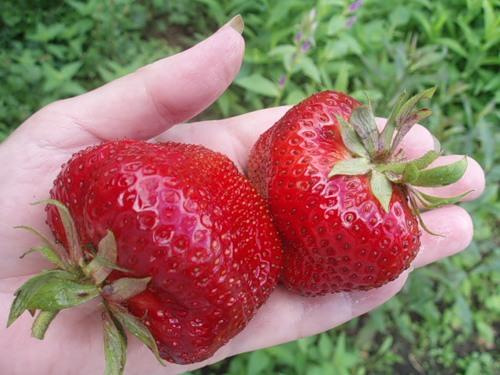
Yield
The Zenga Zengana variety directs all forces to the formation of the ovary, and not to the formation of the mustache. From a compact tall bush, it is possible to collect 1–1.5 kg of berries at a time. The kidneys are laid on a 12-hour day.
Transport and processing
Due to the dense skin of the hybrid strawberry, it can be transported over long distances with virtually no loss. The berries do not drain off, retain their taste and aroma when frozen. They make compotes from strawberries, make jams.
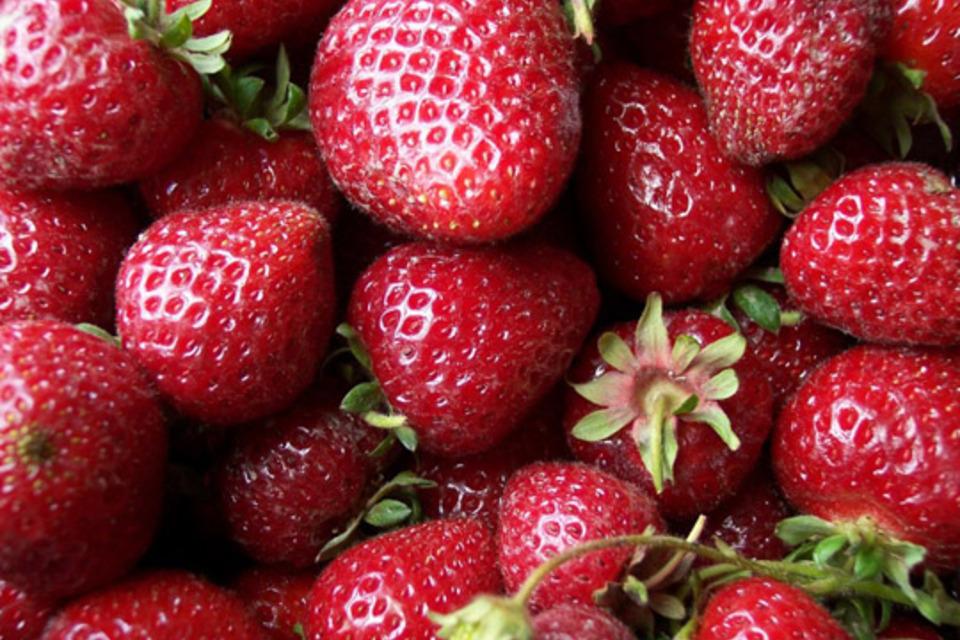
Breeding history and region of growth
During the war in Germany, scientists began to create a hybrid of strawberries by crossing the cultivar Singer and the wild strawberry Merge.Fighting prevented the work of breeders, Zenga Zengan was bred already in the 50s. In Russia, this strawberry is grown in different regions, among them:
- Northwestern;
- Central Black Earth;
- Middle and Lower Volga region.
The hybrid is cultivated in the Moscow region, in the Urals. Fruitful strawberries of German breeding are planted in the North Caucasus.

Advantages and disadvantages of the variety
Although more than half a century has passed since the creation of Zenga Zengan strawberries, and its popularity has slightly declined, many gardeners continue to grow strawberries, since they retain the characteristics of the variety for 6-8 years. The advantages of the German hybrid include:
- excellent taste;
- stable and high yield;
- possibility of transportation over a long distance.
Strawberries bear fruit on salt marshes, and on heavy soils, and on depleted lands. But in order for a lot of berries to be tied, pollinating varieties need to be placed nearby.
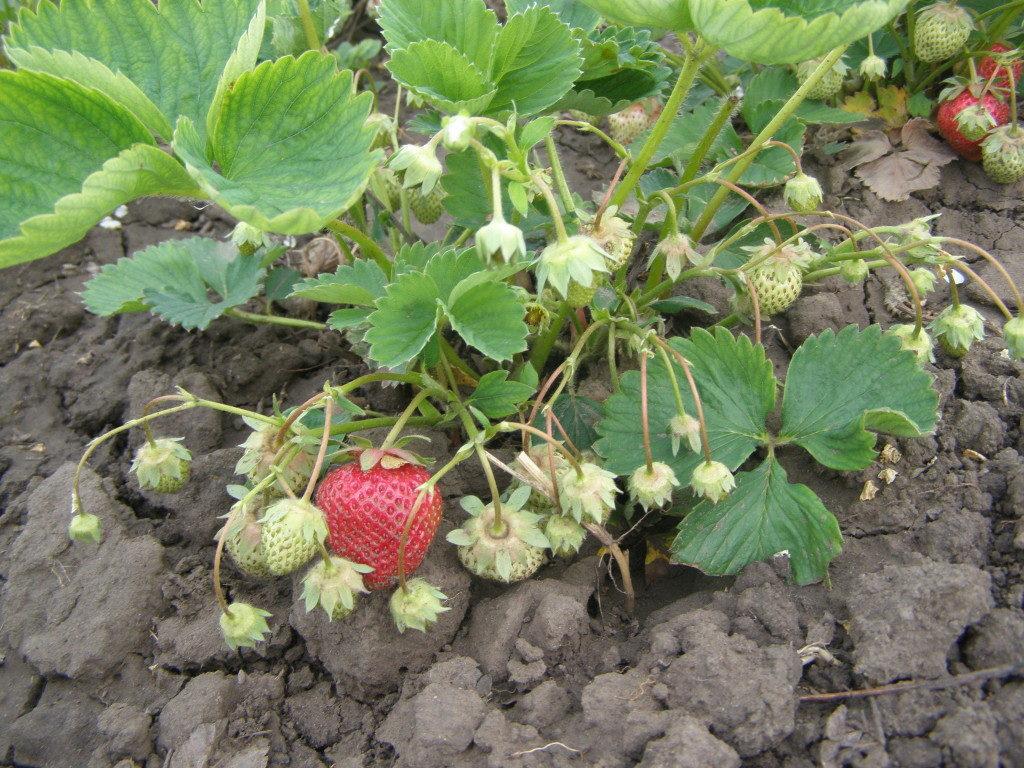
Landing order
To obtain the maximum amount of strawberries, it is necessary to create appropriate conditions for growth and development, to comply with the requirements of agricultural technology.
Choosing and preparing a suitable place
The Zenga Zengana variety feels most comfortable on loams with low acidity. Strawberries bear fruit well in a sunny area, sheltered from the winds, cannot withstand stagnant water. It is better to allocate a place for planting on the south side; it is undesirable to place the culture after currants, gooseberries, raspberries. These plants attract the same pests and pathogens as strawberries.
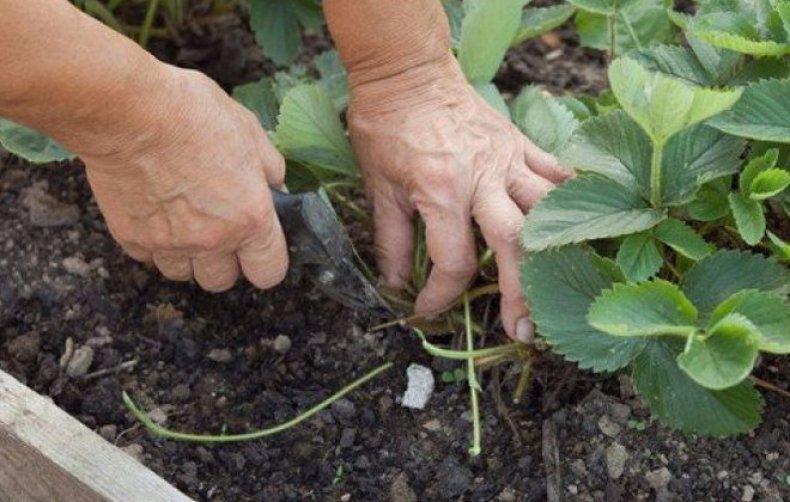
The best predecessors for the Zenga Zengana variety are:
- mustard;
- carrot;
- garlic.
Strawberries grow normally after beans, peas, cereals. A place for strawberries should be selected on a small hill, and not in a lowland.
Landing operations
The plot for strawberry beds is freed from weeds, remnants of roots and stems, dug up and equalized. To destroy the larvae of pests that hide in the ground, the soil is watered with an ammonia solution. 2 or 3 weeks before planting strawberries per sq. meter make:
- superphosphate - 2 tablespoons;
- humus - half a bucket;
- potassium salt - 20-25 g.
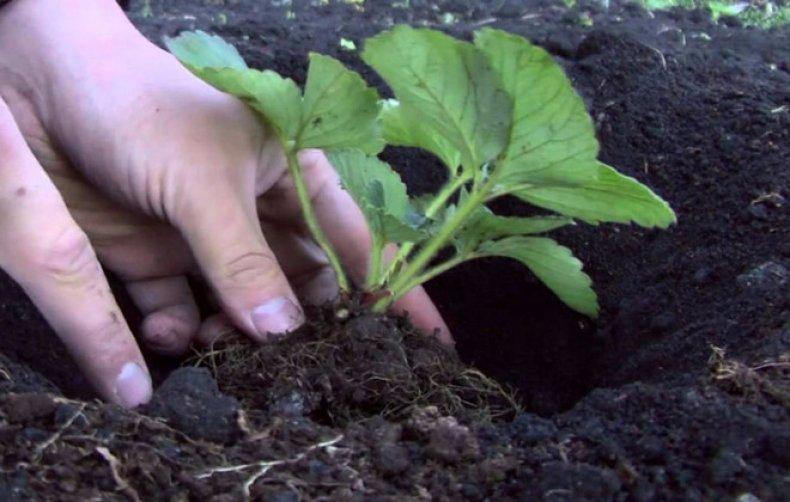
To reduce acidity, the earth is diluted with chalk, ash and lime. Strawberry bushes are placed using a one-line scheme, in which holes are dug every 20 cm, leaving 70 between rows. Strawberries are planted when the soil warms up to 15-16 ° C. In mid-latitudes, significant warming is observed in May. Hybrid strawberries can be placed in a two-line pattern, creating multiple rows at 30 cm intervals. The holes are dug to a depth of 15-18 cm and a mound is made:
- The seedling is lowered into the hole.
- The roots are sprinkled with soil, leaving a growth point on the surface.
- Pour 0.5-1 liters of water under each bush.
- The ground is covered with humus or peat.
Leaves, fresh grass are not suitable for mulching strawberry beds. Sawdust or hay is poured in a layer of 7–8 cm.
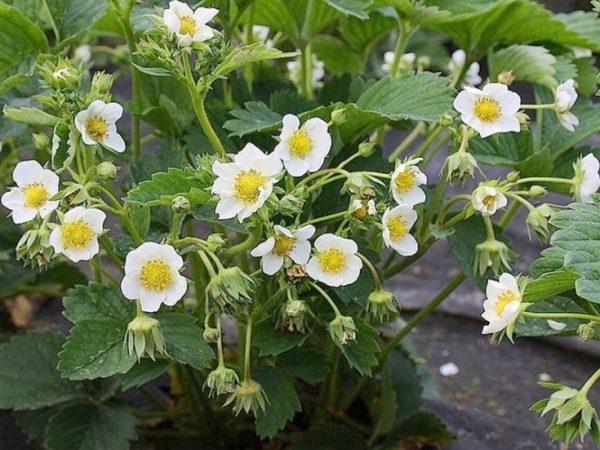
Features of plant care
Caring for a hybrid is no more difficult than for other varieties of berries. You need to monitor the humidity, loosen the soil, feed the bushes.
Watering crops
Irrigation of strawberries is carried out taking into account the weather; in heat, the water quickly evaporates. Even if strawberries are mulched with humus or hay, they are watered in this weather at least once a week. The soil should be soaked up to 20 cm. It is especially necessary to moisten the culture abundantly before the flowers appear, when the ovary is formed.

Fertilization
In early spring, the Zenga Zengan hybrid is fed with carbamide at the rate of a matchbox of a substance per bucket of water. When the seedling leaves the leaves, use the rotted mullein. In mid-May, plants are fertilized with ready-made mineral complexes. Potassium nitrate and ash are added before flowering. In autumn, strawberries are fed with superphosphate.
Transfer
You can move strawberry bushes to a new place not only in spring, but also in July after picking berries, but you need to moisten the soil more often and more abundantly so that the plants do not disappear in the heat. Strawberries are transplanted in late August - early September.
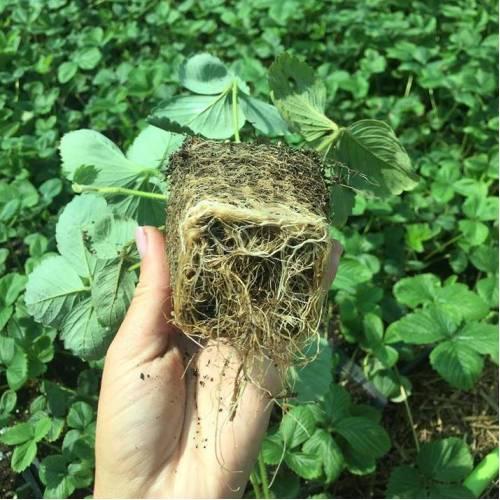
Preparing for winter
Before the onset of cold weather, the site is freed from weeds and loosened. Strawberries are treated with fungicides, sprayed with agents that prevent the reproduction of pests. The mustache and dry leaves are cut off. The beds are covered with sawdust, pine needles or peat, the seedlings are mulched with spruce branches.
Reproduction methods
It is not difficult to breed strawberries, especially if such a variety is already growing on the site.
Mustache and rosettes
With this option, it is not possible to get a lot of seedlings, since the hybrid variety spends all its strength on the formation of the ovary, and not the mustache. Shoots are selected from the most fertile plants, the soil around them is carefully loosened and moistened. The grown mustache is cut off and transplanted to another place.
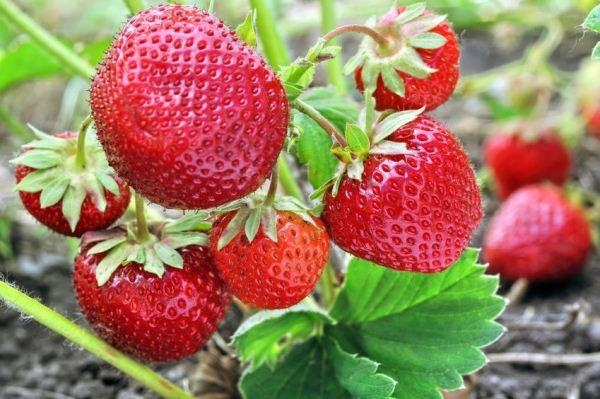
By dividing the bush
With this method of reproduction, strawberries are dug up from the age of three years. They cleanse the plant from dry leaves, soak the roots in a growth stimulant or water and divide the bush into 3-5 parts.
Seeds
In the Zenga Zengan hybrid, the flowers are not male, but female, and it is impossible to grow strawberries with its varietal characteristics. The seed will make a completely different strawberry. The seeds are hardened, laid out in a box, sprinkled with soil, when 5 leaves appear on the shoots, they are planted on the garden bed.
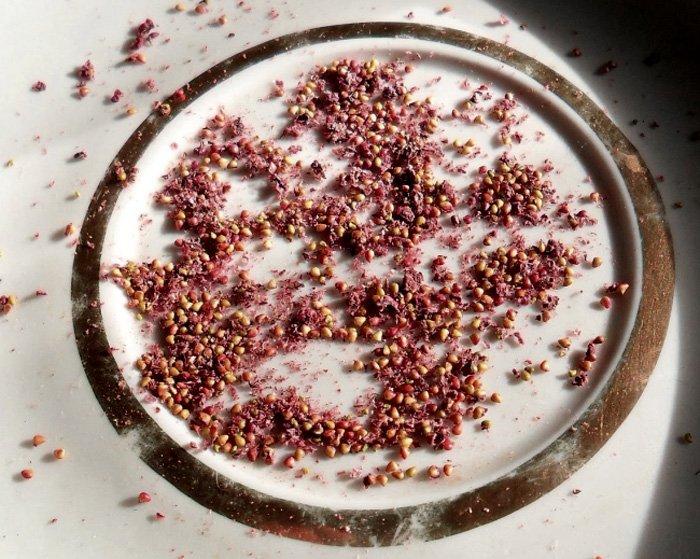
Protection against diseases and pests
Strawberries attract various parasites, are affected by fungi, and suffer from a bacterial infection.
Gray rot
Sometimes ripening or green strawberries become bloom, darken and disappear. The German hybrid variety has no immunity to gray rot. To save a sick bush, the leaves are cut off, the plants are treated with Bordeaux liquid or mustard solution. If the berries have not yet matured, use the drug "Alirin B".
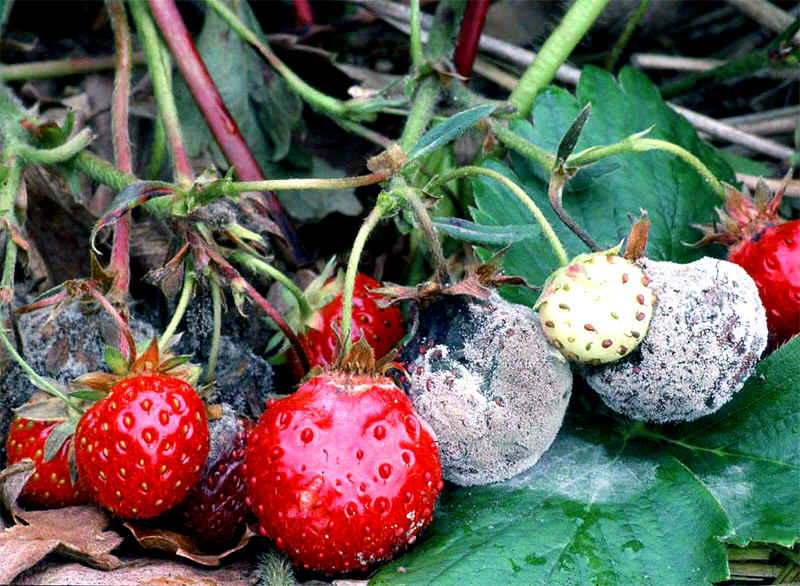
Brown spot
Under favorable conditions, fungi are activated, the infection infects the leaves, and they dry out. To prevent disease, the beds are sprayed with Bordeaux liquid in early spring.
If brown spots have formed on strawberries during flowering, the treatment is carried out with the Oxyhom fungicide.
Strawberry mite
When a formidable pest appears, the plant stops developing, the leaves curl, acquire a brown tint and dry. To prevent damage to strawberries by a strawberry mite, the beds are treated with colloidal sulfur. It is possible to destroy parasites with the help of Actellic and Karbofos insecticides.
Harvesting and storage of crops
To prevent the strawberries from spoiling, it is better to pick them together with the sepals in dry weather. You need to pick ripe berries, you must not allow the fruits to overripe. Rotten or dented strawberries are immediately processed. Strong and dense strawberries are stacked in layers in a cardboard box and taken to a cool room.
